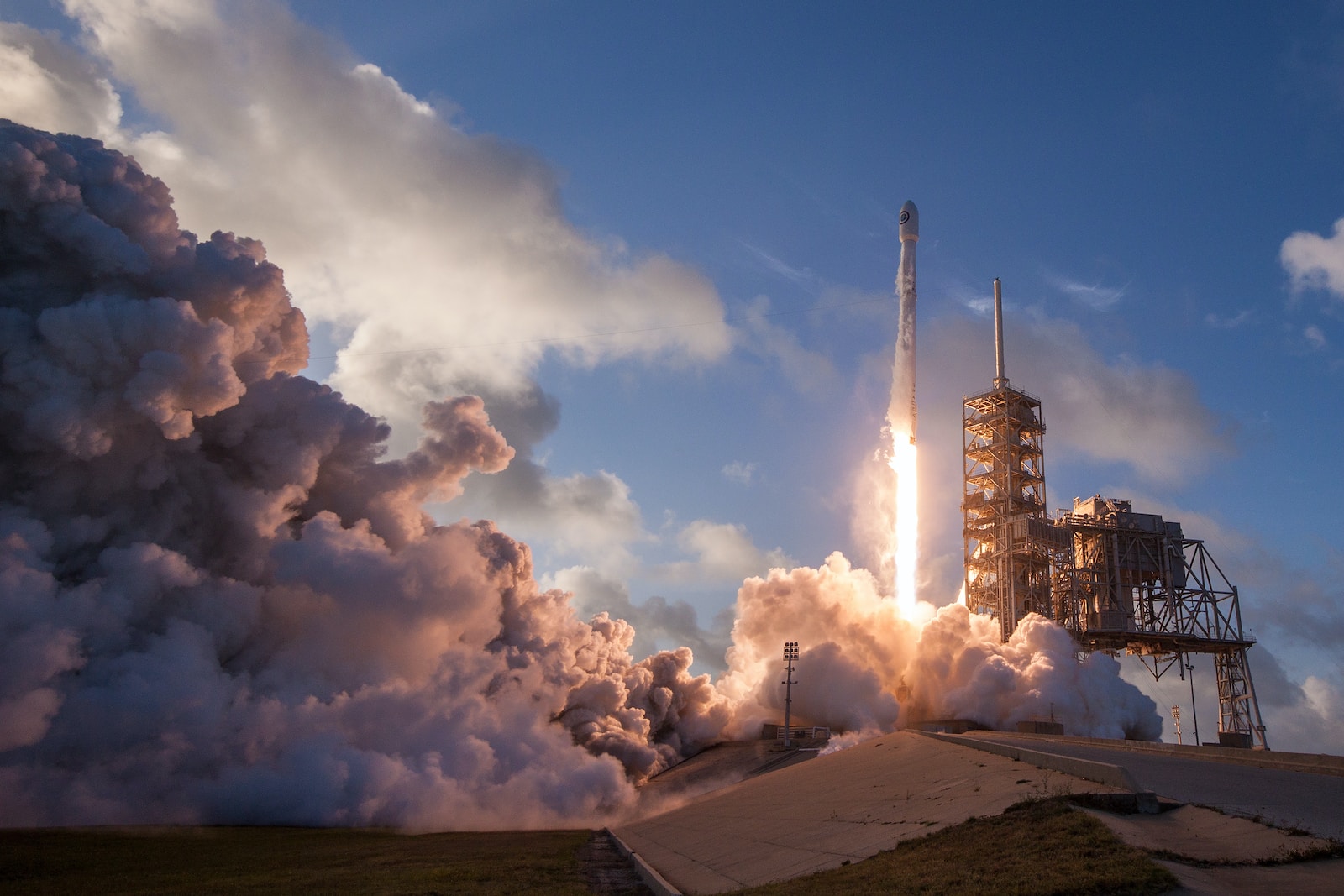SpaceX prepares to launch its first Starship Super Heavy, the largest and most powerful operational rocket system ever created by humans. The reusable rocket, powered by 31 Raptor engines and using cryogenic liquid methane and liquid oxygen as fuel, is set to take off from SpaceX’s Starbase facility in South Texas. With the capability to perform various missions, such as satellite deployment, space station resupply, lunar and Mars missions, and potentially even interstellar travel in the future, the rocket represents a major step forward in space exploration.
According to SpaceX CEO Elon Musk, Starship is ready for launch next week, pending regulatory approval. The expected launch date of April 20, which coincides with a cultural celebration, is not guaranteed to succeed in reaching orbit.
Orbital flights are critical for space exploration as they enable spacecraft to stay in space for extended periods, allowing them to perform various scientific and commercial missions such as satellite deployment, space station operations, and crewed spaceflight. During the orbital flight test, the Starship will execute a sequence of movements to exhibit its operational capacity in space, validating its propulsion, life support, and communication systems., and conducting experiments. Collecting data from these tests will support future missions to the Moon, Mars, and beyond.
The Starship Super Heavy system is designed to be a fully reusable and cost-effective vehicle to access and explore space, which aligns with one of SpaceX’s key goals to make space travel more affordable by developing reusable rockets. The successful development and launch of the Starship could greatly reduce the cost of space travel and inspire a new generation to pursue careers in science, technology, engineering, and mathematics (STEM) fields.
The successful launch of Starship Super Heavy is a significant milestone in SpaceX’s efforts to develop a fully reusable spacecraft that can be used for a wide range of space missions. It advances the development of reusable rockets for potential manned interplanetary missions, and is intended to be used for crewed missions to the Moon, Mars, and beyond. The successful completion of the orbital flight brings SpaceX a step closer to realizing its vision.
The successful flight of the Starship is a testament to the technological advancements that SpaceX has achieved in the field of space technology. The use of cutting-edge materials and propulsion systems has enabled the development of a highly advanced spacecraft that is capable of performing a wide range of missions. As one of the leading companies in the commercial space industry, SpaceX has demonstrated its ability to design and build advanced spacecraft that can be used for a variety of commercial and scientific applications.
While Musk himself has acknowledged the possibility of a failure, SpaceX has conducted successful and failed flights of both rockets. Nonetheless, even if the flight does not succeed, it is guaranteed to generate a lot of public interest, promoting the idea of space exploration and inspiring future generations to pursue careers in STEM fields.


